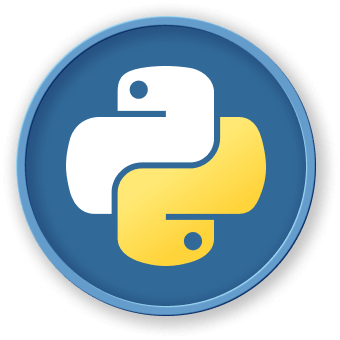Initialize List with Range
Write a function initialize_list_with_range(end, start=0, step=1) that initializes a list containing the numbers in the specified range where start and end are inclusive with their common difference step.
The function should return a list of the appropriate length, filled with the desired values in the given range.
end (integer) - The end of the range (inclusive).start (integer, optional) - The start of the range (inclusive). Default is 0.step (integer, optional) - The common difference between each number in the range. Default is 1.
Output
- A list containing the numbers in the specified range.
def initialize_list_with_range(end, start = 0, step = 1):
return list(range(start, end + 1, step))
initialize_list_with_range(5) ## [0, 1, 2, 3, 4, 5]
initialize_list_with_range(7, 3) ## [3, 4, 5, 6, 7]
initialize_list_with_range(9, 0, 2) ## [0, 2, 4, 6, 8]




